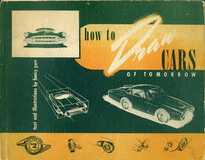
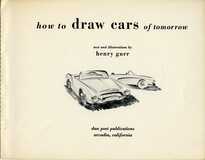
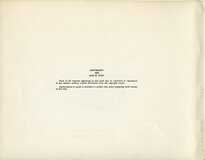
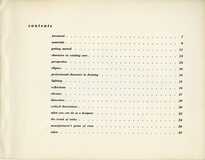
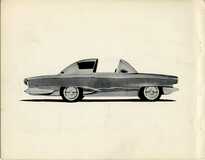
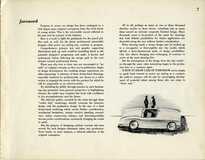
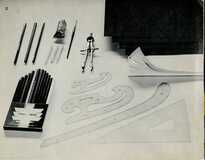
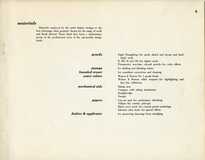
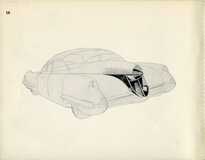
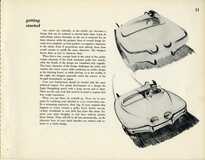
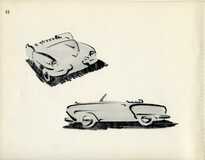
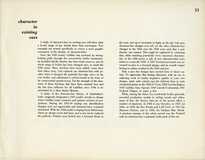
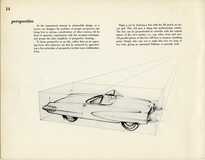
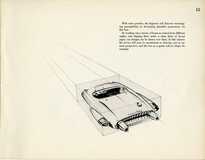
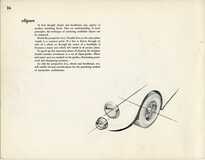
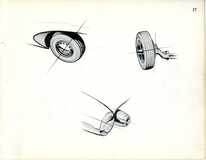
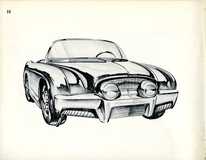
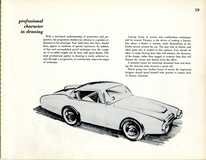
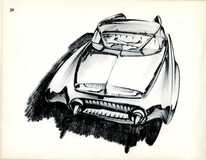
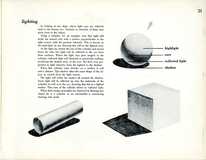
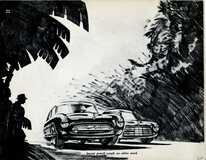
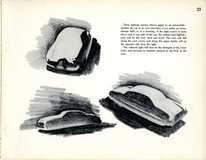
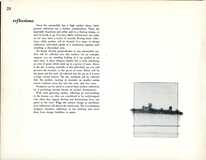
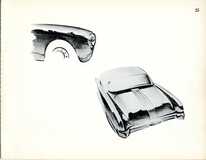
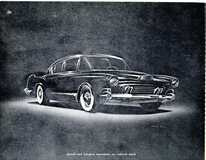
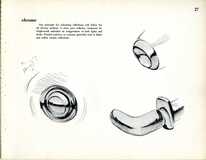
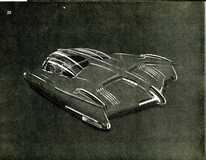
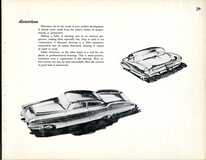
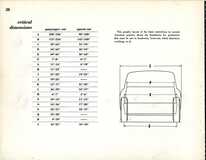
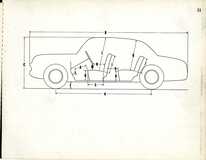
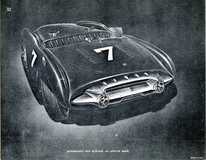
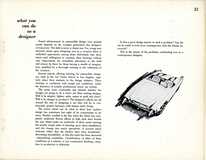
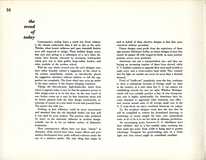
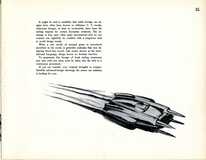
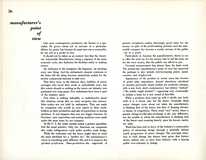
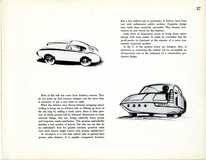
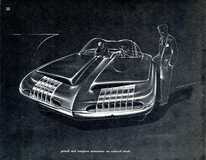
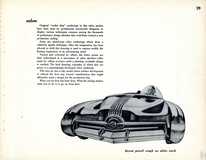
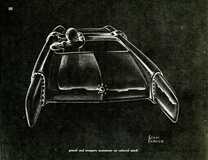
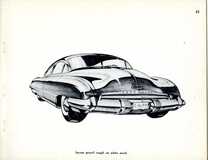
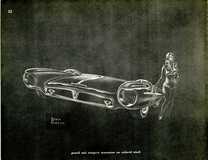
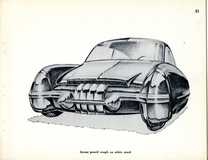
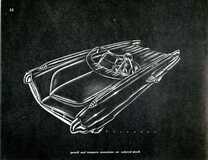
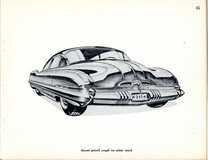
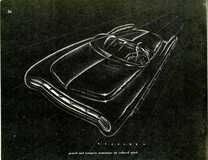
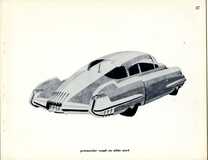
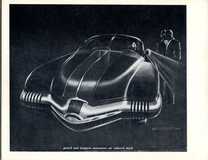
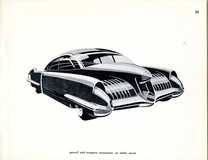
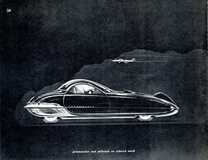
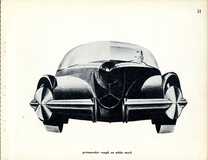
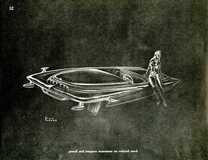
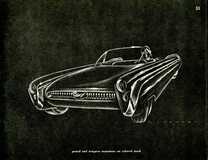
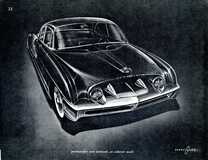
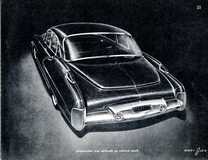
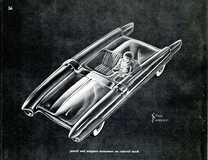
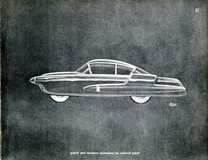
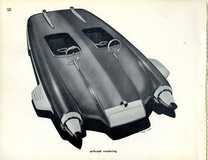
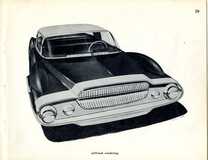
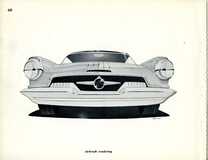
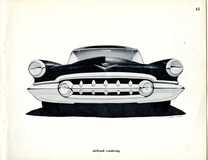
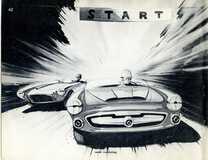
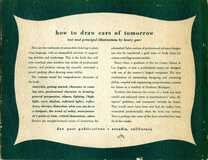
Geoff Hacker on Undiscovered Classics
[…]
So who wrote the first book? That’s the question, and I think I’ve found that the answer – and it may be a “tie.” Ladies and Gentlemen…allow me to introduce you to Bob Gurr and Bill Jenks – the authors of the first two books of auto design I’m aware of that were published, and this occurred in 1952. Today’s story will focus on Bob Gurr and his 1952 book “How To Draw Cars of Tomorrow.”
Several years ago, I was lucky enough to track down and meet with Bob Gurr. Bob is in great health and just celebrated his 80th birthday last month. Happy Birthday Bob!
[…]
I called Bob earlier this week and asked him to share some of his memories about how his first book on design came to be. Here’s some of what he shared […]
Blurp
how to draw ears of tomorrow
the text and principal illustrations by henry gurr
Here are the rudiments of automobile drawing in plain crisp language, with an unequalled selection of supporting sketches and renderings. This is the book that will turn armchair auto doodlers into artists of professional stature, and produce among the casually interested a pencil pushing effort showing mean ability.
The contents reveal the comprehensive character of the book:
materials, getting started, character in existing cars, professional character in drawing, general perspective, elipses, lighting (highlight, core, shadow, reflected light), reflections, chrome, distortion, what you can do as a designer, the trend of today, manufacturer’s point of view, critical dimensions, salon
Besides the straight-forward course of instruction substantial Salon section of professional advance designscan also be considered a gold mine of fresh ideas for custom restyling current models.
Henry Gurr, a graduate of the Art Center School in Los Angeles, is now a professional motor car designer with one of the country’s largest companies. His rare combination of outstanding designing and rendering ability, coupled with engineering comprehension, assures his future as a resident of Southern Michigan.
Nowhere else between the covers of a book can such candid and unbiased views of manufacturers’ aims, designers’ problems, and consumers’ benefits be found. They would never have been said had the author been committed professionally when the book was written.’ That is perhaps why some of the facts revealed here may shock the reader.